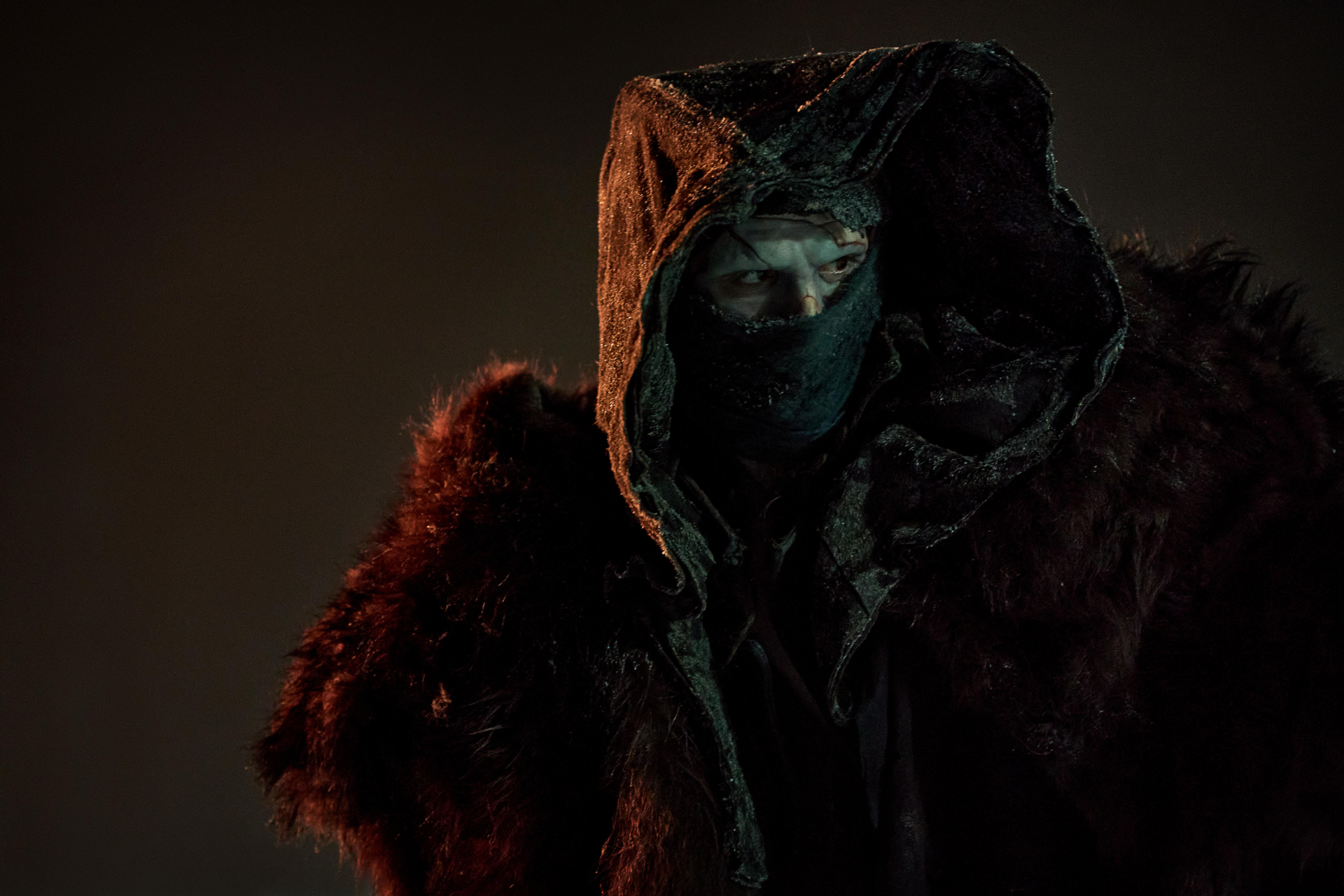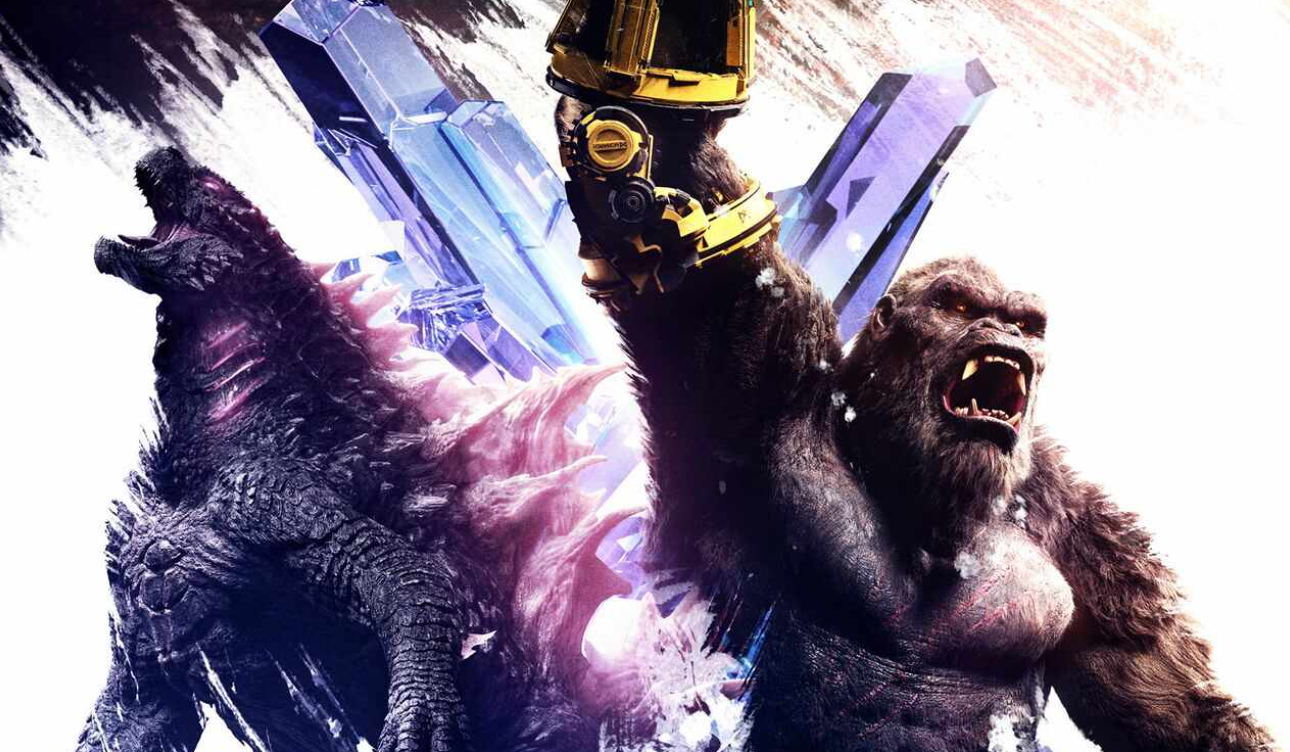
©Kadokawa Chiisaki Yusha-tachi Gamera/Kadokawa Pictures, Inc.
Godzilla Minus One was groundbreaking, a phenomenal kaiju film that at its core is about humanity itself. While Godzilla is the ‘King of the Monsters’, and now has an Oscar win for the aforementioned Minus One, the long-running series has had one premiere rival since the Showa era, and it is not King Kong! Gamera has been the premiere kaiju franchise of Daiei, a Toho rival production company, since 1965, and was created deliberately to compete with the Godzilla franchise. During the Showa era, the giant turtle became the friend to all children and was primarily seen as a protector which is completely opposite to the origins of Godzilla. Gamera received eight films from 1965-1980, all of varying quality, and they are oftentimes looked down upon for the more childish approach to kaiju filmmaking. Gamera was resurrected in 1995 with Gamera: Guardian of the Universe, which not only put Gamera back into the top of the kaiju game, but also spawned a trilogy oftentimes considered the best kaiju media since the original Godzilla. Now that the kaiju genre is hitting a new peak with the MonsterVerse and especially, Godzilla Minus One, it feels like it’s time for Gamera to get the same treatment as Godzilla had with a similarly styled film, but I believe Gamera already has a film that reflects a lot of what Minus One did.
Gamera the Brave may be one of the most overlooked big name kaiju films in recent times, frequently being forgotten or written off as a kids film, but I believe it’s so much more. Gamera the Brave is a film about being human, losing love, finding hope, and persevering through everything terrible. It is a film about living, growing and learning — changing yourself for the better. This film, like Minus One, is mostly character driven rather than kaiju driven, and also like its Godzilla counterpart, when the film does tackle kaiju action, it’s framed like a tragedy, rather than as exciting.

©Chiisaki Yusha-tachi Gamera/Kadokawa Pictures, Inc.
Brave opens with a kaiju battle in 1973 between Gyaos and Gamera, a tragedy befalling a small town, but that just serves to set the stage and contribute to world building. This is a world where monsters exist. The film picks up again in 2006 in that same town; the new setting shifts focus to a young boy named Toru. Toru lost his mother shortly before the events of the film take place, leaving him jaded. While his father, Kosuke, insists he pray to his lost mother and that she is watching out for him, Toru is convinced that his mother is nothing but a pile of ashes beneath her shrine. Despite his best efforts, Kosuke struggles to bond with his son in the wake of tragedy, due to the cynicism of Toru. This is the catalyst that sends Toru on the path of change and growth. Toru eventually discovers a large scarlet stone, and resting atop it is an egg, out of which a baby turtle hatches. After some bonding, Toru names the turtle “Toto” which is revealed earlier in the film to be the nickname that Toru’s mom had given him.
Of course, Kadokawa’s Gamera release is not nearly as dark as Minus One; the film is much more light hearted – although it still harbors some deeper and darker themes, such as the weight of tragedy and persevering through it, themes which both films share. Toru’s bond with Toto grows as the film progresses and funny hijinks ensue, but when the family neighbor, Mai, sees Toto flying between their houses, she panics and tells Toru to get rid of him. Mai consistently tries to convince Toru that Toto will grow into Gamera, the kaiju from 1973 that saved the small town in the beginning of the film, but Toru refuses to believe this. Toru constantly denies that Toto can be a monster, because monsters fight and die and he doesn’t want Toto to die. Despite this, Mai and Toru still have a bond; Toru even gives Mai the scarlet stone, where he discovered Toto to begin with, for good luck with her heart surgery. This film keeps itself incredibly focused on these characters and their struggles, Mai is struggling to cope with her mortality facing a major surgery, Toru is struggling with the possibility of losing his friend and his new pet while also still struggling with the loss of his mother, and Toru’s dad is struggling to form a connection with his son. This film’s sense of loss strongly mirrors “Minus One” and keeps most of the film grounded, although there is a flying mini turtle to help lighten the mood in this one.

Despite the film mostly focusing on its characters, it does still have a place as a kaiju film, and if Gamera (or Toto in this case) can’t be an antagonistic force, then something else has to be introduced. The film slowly gives hints of something threatening in the background, for instance, ships going missing and nobody knows why. Eventually we see some terrifying ocean scenes where survivors from these missing ships are trying to stay afloat before they’re dragged down, a cloud of blood emerging from where they once were. These short scenes really build the threat of this unknown creature haunting Japan’s oceans, while Toto keeps growing at an alarming rate. Eventually Toto disappears after Mai is taken to the hospital in Nagoya away from their small town. Strangely enough though, once Toto disappears a kaiju resembling a frilled lizard appears, Zedus, who is explicitly shown to eat people. When Toru gets in trouble, Toto, who is massive while still being much smaller than Zedus, appears to save the day.
Mai goes through her heart surgery successfully but Toto is captured by the government following his fight with Zedus and taken to Nagoya. Eventually Zedus comes to try and kill Toto and of course eats as many people as it can, but Mai realizes her stone needs to get to Toto to fully help him become Gamera. Toru and his friends go to Nagoya and this is where the film really starts to show us how these characters have grown. Toru has learned to love again after the death of his mother, Mai has a new found appreciation for life, and Toru’s dad finally starts to understand his son again. Much like how Kōichi Shikishima in “Godzilla Minus One” learns how to accept his new adopted family and what it means to live, Toru and his friends and family do the same.
What helps make the kaiju work so strongly in Gamera the Brave, is that Gamera (Toto) is actually part of the protagonist’s family, and bonds with him over the course of the film. It’s shown however as the film progresses that Gamera has to protect everybody, and Zedus is shown to be a compellingly tyrannical villain, delighting in the pain dealt to Gamera and eating people at every turn. One of the best things “Gamera the Brave” does is its way of showing the kaiju battle as a tragedy, people are being trampled and eaten and Gamera himself is suffering and in pain during the fight. This isn’t a film where the audience will cheer and scream during the battle, this is a movie that keeps its audience on edge and worried about its monster star.

To emphasize the comparison I’ve been making throughout, Brave brings Gamera back to his core roots from the very beginning. The Gamera trilogy from the 90’s is incredible and deserves all the love it gets, but it lost something. In my opinion, it lost the childlike innocence and wonder that Gamera began with. Gamera, even when antagonistic against humanity in the original film, is the friend to all children. This is a film about kids living in an adult’s world, learning to lose and love and persevere through the toughest situations. All of the kids of Nagoya have to come together at the end to save Gamera, who is in turn trying to save them. Gamera might be more kid friendly than Godzilla, but that isn’t a bad thing.
This Gamera installment is not so much a movie for children; it’s a movie from a child’s perspective. Something that I think helps drive that home is the cinematography, which is incredibly distinct. The lighting is pretty soft overall with some color bleeding into the whole frame and adult characters mostly being seen from low angles. There are a lot of shots that make big crowds seem more imposing than other kaiju films manage and typically a child is placed in the center of the frame seeming small and frail in comparison. The film is quite intentionally lit to see the world from the perspective of a child, the lighting crew even say so in the “How to Make a Gamera Movie” bonus feature on the Arrow Video blu-ray release of the film.

Art by Matt Frank
The soundtrack also encapsulates a feeling of childlike wonder, almost sounding like a Joe Hisiashi soundtrack from Studio Ghibli (such as “My Neighbor Totoro,” “Spirited Away,” and “The Boy and the Heron”). The music is very light and has lots of strings like a Hisiashi piece and when Zedus appears the horns come in to add a weight and power to it. When the children of Nagoya are doing their best to save Gamera the strings swell and inspire. The contrast of the heroic music when Gamera shows up to the pure dread when Zedus intervenes is spectacularly well done. Everything from the lighting and music to the way Zedus looms over a group of people is done in such a childlike way that it’s hard not to feel like a kid again when watching it.

Media meant to be seen through a child’s eyes is just as strong as a more mature and darker story like “Godzilla Minus One.” We are shown the darkness of the world through the eyes of a kid in Gamera the Brave, which is a stark contrast to our entirely adult and war-torn hero of Minus One. This isn’t the same Japan freshly affected by the war, life is a little bit more normal, but it is still full of tragedy, and emphasizes that we have to find people to be close to in order to grow and understand what the purpose of being alive is. Gamera is a more optimistic character than Godzilla, and this film perfectly encapsulates that, if Gamera was to get a “Minus One” style movie, it couldn’t be as dark and tragic as the aforementioned film, because that wouldn’t be the core of the character and franchise. Gamera is a good guy; he isn’t a walking metaphor for the fears of Japan’s populace, like his Toho counterpart. Daiei’s favorite son represents hopes of Japan, the light beyond the darkness. Gamera isn’t Godzilla, and to assume a Gamera film should be like a Godzilla film is missing the point. Gamera represents something so different and so unique in kaiju media, something really special. Gamera the Brave is an incredible film that brings Gamera back to his core, just as Godzilla: Minus One did for Godzilla. I think the film deserves another look, and quite frankly, it deserves to get the same recognition as the Gamera Trilogy that came before it.





I loved Gamera films as a kid. High time to go back and give them all a rewatch. Thanks for the great review!
This is a very well written piece. I love the 90s Gamera trilogy. I’ll have to check this out, as I’ve heard of it but wasn’t sure if it was worth the time. You’ve convinced me it is. Thanks